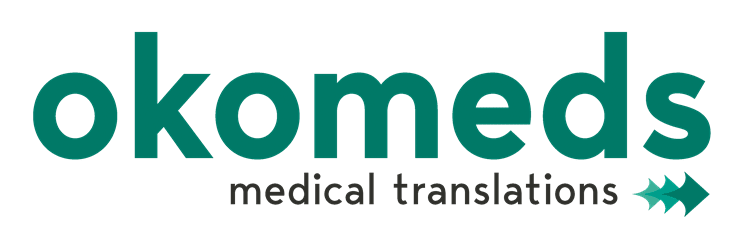
15 May ChatGPT in medical translation: how useful is it?
Not a single day goes by without us hearing the word ChatGPT. That’s true for all sectors and all industries but it is even more so for the translation industry and medical translation agencies. With its ability to understand and generate text in multiple languages, ChatGPT appears to make the translation process faster and more accurate, in addition to helping overcome communication barriers. However, there are a few things you should be aware of before using it. That’s why we want to tell you here about the use of ChatGPT in medical translation. Read on!
How useful is ChatGPT in medical translation?
If you are a medical translator, the following are some of the issues relating to speed, content and translation queries that you should know before using ChatGPT or any other AI tool:
How useful is ChatGPT for speed?
The first thing you should know by now is that ChatGPT has a limit on the number of characters in its answers. Therefore, when requesting a large translation, it may either display an error message and not generate the translation at all, or start the translation but stop at around 500 characters. This could well slow down the translation process.
Secondly, although the processing speed certainly seems fast, it may be insufficient considering the amount of content that a human medical translator needs to subsequently correct.
How useful is ChatGPT for content?
Another concern to be aware of is that sometimes ChatGPT gives incorrect information and even uses the wrong terms. In fact, if you do an internet search for a term or any information generated by ChatGPT in some cases you might not find it. Moreover, if you ask your AI tool if the term or information it gave you really does exist, it might reply:
“I apologise, there is a possibility that the information I have mentioned is not accurate. I do not have the latest information” or “I apologise, I used the wrong term”.
So please always remember that there is a chance that you are being given the wrong information. Given that, it is essential to always verify any information and do sufficient background research.
How useful is ChatGPT for translation queries?
When performing a translation or review, a medical translator may encounter unfamiliar terms or ones that are difficult to understand. If they ask ChatGPT for a definition, they might get an answer with good explanation covering around 3 paragraphs. Here’s the advantage. If you simply do a web search, you have to go through the step of finding a site with the information you want and might be distracted by other information such as advertisements.
However (and please take note!) you need to check if it is a reasonable answer through searching on other documentation sites. You also need prior knowledge of what you are looking for.
What’s more, there are times when medical terminology is not found in dictionaries, software or websites. If you ask ChatGPT, it will provide you with an answer that could trigger something in your mind and get you unstuck. Here, it is also good to translate it and check the translations given, confirming and reconfirming them as needed.
Check the information!
ChatGPT is often considered unsuitable for certified medical translation and its effectiveness can be questionable. On the one hand, the fact that the reply is limited to around 500 characters makes it difficult to use it. On the other, its reliability is not perfect and the translations may lack context, source material and awareness of medical advances. All this can lead to harmful medical misinformation, which in turn can cost lives.
However, it can be used flexibility and has a range of functions to help translate and check translations. With subsequent human correction of the text, accurate and professional translations can be guaranteed. Here is the good news: our medical translation service incorporates the new MTPE standard: ISO18857 regarding Machine Translation with Human Post-Editing.






Sorry, the comment form is closed at this time.